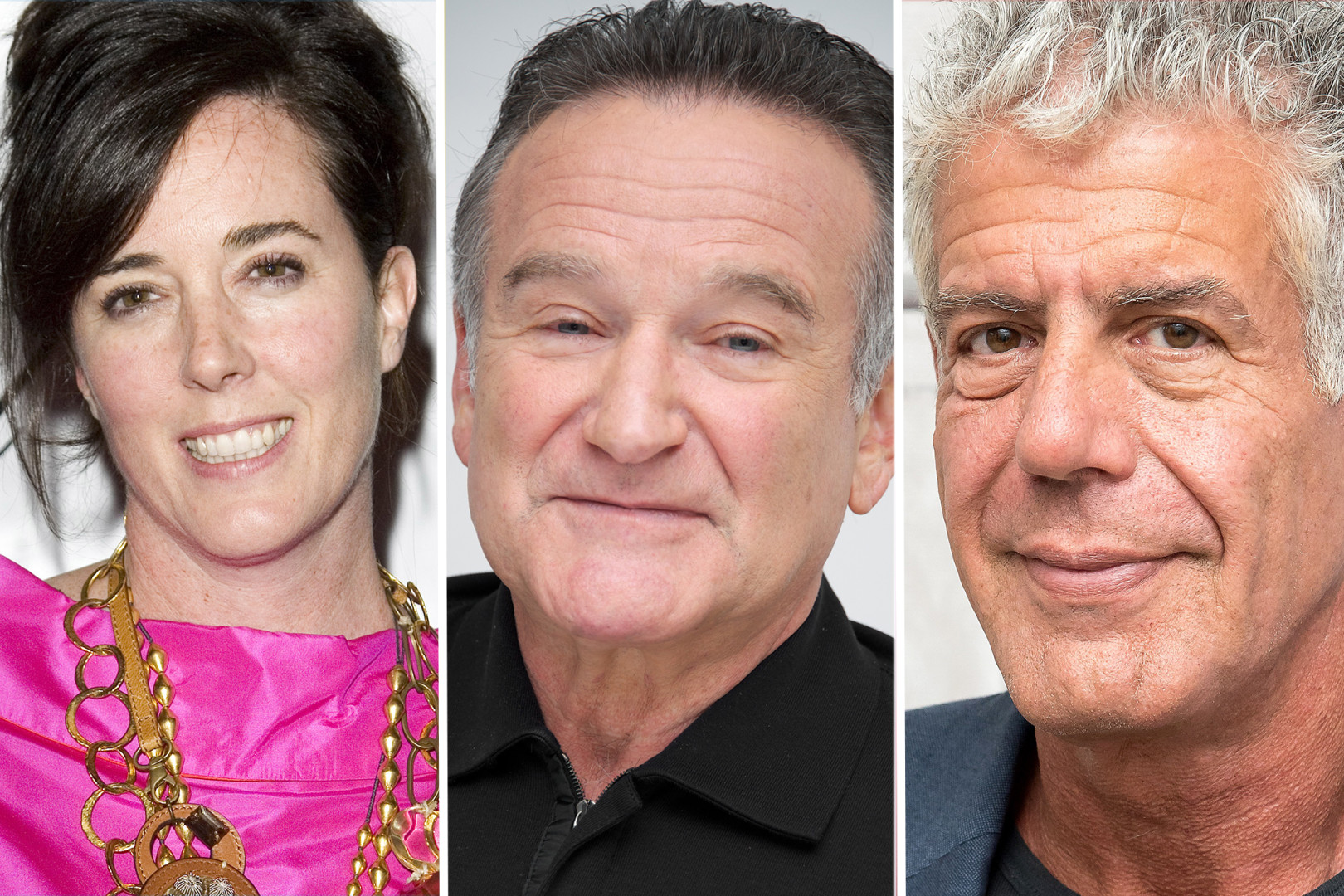In less than a week in early June, the world lost two cultural luminaries to suicide. Designer Kate Spade, whose name and creations embodied feminine power and panache, died on June 5. Four days later, American chef Anthony Bourdain, whose empathic stories transcended food to connect humanity, killed himself.
Spade and Bourdain’s premature deaths sparked a frenzy of media reports and rekindled the intermittent discourse on how news organizations ought to cover high-profile suicides. Warranted criticism poured over a raft of outlets who published irreverent articles on Spade’s death, revealing intimate details of her last minutes without much of a qualm for her mourning family and friends. Many seemed to have redressed in the wake of Bourdain’s suicide, when a story after story focused on celebrating the CNN host’s life and legacy.
Despite journalists’ hasty self-correction in a week of two aching losses, a slew of queries about suicide media coverage and its potential impact remain unanswered. They often linger after any celebrity suicide only to resurface after a subsequent tragedy.
Could reports – and what type of reports – create suicide contagion? Does the type of medium affect the public’s perceptions of suicide? What vocabulary and imagery should outlets resort to when relaying the suicides of famed individuals?
The Associated Press (AP) Stylebook provides news organizations guidance to the latter question, which nonetheless, fails to align with research on the former two inquiries. With divergent academic findings and expert opinions about suicide and media frames, any hard-hitting or wide-ranging journalistic advice could strew more havoc than healing.
The AP says:
“Generally, AP does not cover suicides or suicide attempts, unless the person involved is a well-known figure or the circumstances are particularly unusual or publicly disruptive. Suicide stories, when written, should not go into detail on methods used.
“Avoid using committed suicide except in direct quotations from authorities. Alternate phrases include ‘killed himself’, ‘took her own life’ or ‘died by suicide.’”
The Stylebook’s rationale not to use “commit” rests on the illegal connotations that could appear callous in articles, even if authorities widely use the word. “Commit suicide,” pundits argue, is a vestige from the decades when suicide was indeed against the law in most of the United States. But “kill” carries a similar criminal nuance. Then, why does the AP approve it? At the same time, “commit” does not always paint negative circumstances. In many instances, it is synonymous to “oblige,” “bind” and “entrust.”
AP’s word choice, informed by mental health experts, aims to eschew any reference to a crime or a sin. Yet, its arbitrariness fails to fulfil this goal. Meanwhile, another prominent journalistic resource, Poynter offers the below recommendation when covering suicide:
“Choose the passive voice or indirect actors. Although we usually avoid this in good writing, in this case it reduces the agency of the actor. ‘A note was found.’ ‘Investigators believe the cause of death was X.’”
Effacing agency in the act of suicide, however, proves problematic. Passivity, research shows, could be an escape, a deconstructivist condition for suicidal individuals, who seek to break free from their self as well as from long-term considerations. Mental illness and depression usually contribute to that sort of resignation, but they do not always lead to suicide. Thus, while crafting suicide stories in passive voice could reflect the state of mentally distraught or depressed individuals, it appears to steal the personality of those who are not. Suicide attempts, after all, have many triggers – from work troubles to financial downturns to inebriation and beyond.
To that end, media coverage of suicides produces various effects on the public. After headlines on Spade and Bourdain’s deaths gripped the news cycles, experts honed on the danger of contagion. While it is a justifiable worry, it strikes a lacking picture of the issue. In a 2005 research in the Suicide and Life-Threatening Behavior journal, Steven Stack of the Wayne State University explored the less publicized possibilities of media depictions of suicide.
Using logistic regression techniques to 419 findings from 55 studies, Stack concluded that studies involving entertainment or political celebrities were 5.27 times more likely to report a copycat act. But television coverage wields less imitative influence than newspaper stories, his analysis showed.
A crucial finding is that “studies focusing on stories that stressed negative definitions of suicide were 99% less likely to report a copycat.” Negative definitions emphasize the victim’s pain, the wrongdoing in suicide, and alternative solutions. Positive delineations, on the other hand, can pertain to: “sensational coverage, the glorification of the deceased, focusing on the positive aspects of the victim, and rationalizations.”
Stack wrote, “A key positive definition is a rationalization or motive for suicide (e.g., terminal illness, job loss, marital trouble, depression). This can legitimate suicide, thus disinhibiting vulnerable people on the edge of suicide.”
Journalists rarely cover suicides. Some do so in a manner emphatic to the victim and educational to the audience. Many pen bollixed reports that would find little valuable enhancement in the blueprints of media ethics mavens like the AP and Poynter without a solid foundation in research.
After a period of pain, we – the media, experts, researchers, the public and survivors – need an honest discourse that could help us find sensible – and not overly sensitive – answers to how we should talk about individuals who took their lives, how to parse copycat effects and how to ultimately prevent suicides.
—
[Image Credit: ABC News]
















Leave a Comment
Your email address will not be published. Required fields are marked with *